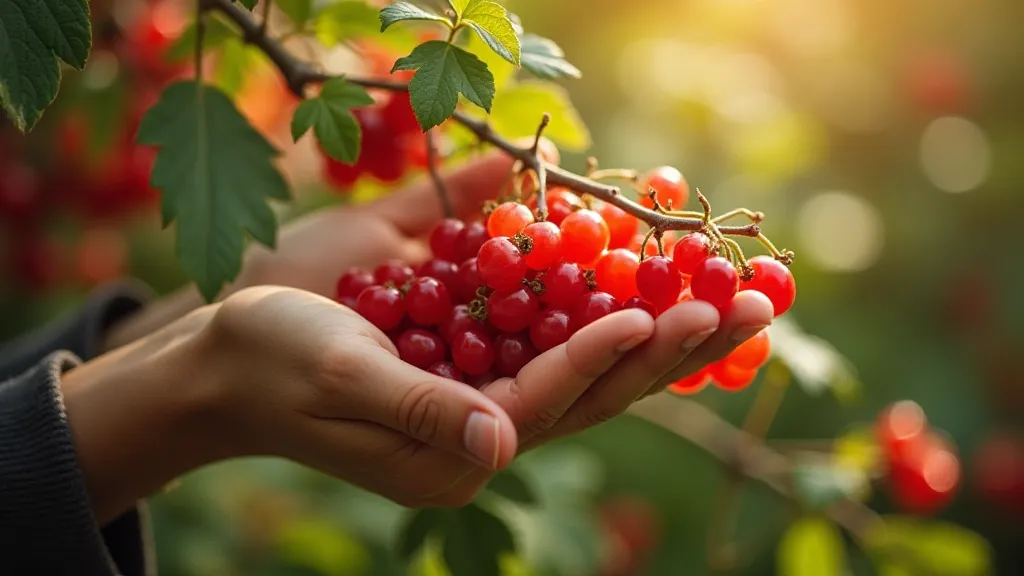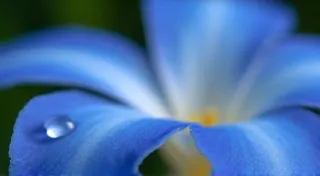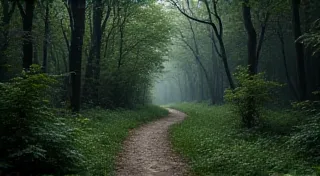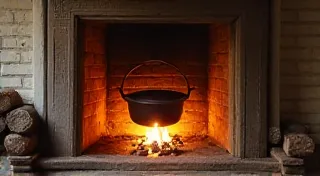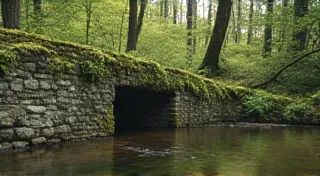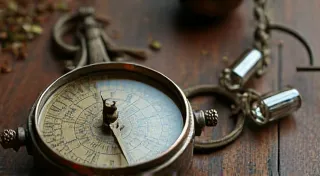The Sunken Orchard: Rediscovering Lost Varieties of Currants and Gooseberries
There’s a particular scent that clings to memory – the sweet, tart tang of currants simmering on the stove, their deep crimson staining the air. It’s a scent that conjures images of grandmothers in aprons, of preserves bubbling gently on the hearth, of a connection to a past that feels both familiar and increasingly distant. For generations, currants and gooseberries were staples in kitchens across Europe and North America, vital components of pies, jams, sauces, and cordials. Then, almost as mysteriously as they disappeared, they were largely forgotten, relegated to the dusty corners of agricultural history. But a quiet renaissance is underway, a movement to rediscover and revive these “sunken orchard” treasures.
My own fascination began with a faded photograph. It was tucked inside a box of my great-grandmother’s belongings – a grainy black and white image of a sprawling orchard, bursting with life, labelled simply "The Berry Patch, 1928." Looking closely, I couldn't identify the fruits with certainty. They weren’t the familiar supermarket varieties. They were darker, larger, almost…wilder. This sparked a quest, a yearning to understand what my family had cultivated, what flavors they cherished, and why those memories had, for so long, lay dormant.
A Heritage Almost Lost
The story of currants and gooseberries is intertwined with history and circumstance. European settlers brought these hardy shrubs with them, recognizing their resilience and nutritional value. Black currants, in particular, became a cornerstone of British cuisine, their high Vitamin C content vital for warding off scurvy. Gooseberries, with their thorny defense and complex flavor, were prized for their pies and preserves. But several factors contributed to their decline. The introduction of more "modern" fruit varieties – often bred for uniformity and ease of cultivation – pushed the older varieties to the sidelines. Disease outbreaks, like white pine blister rust, which affected currants, further decimated their populations. Regulations, such as those imposed in the US following World War II which restricted currant cultivation due to their use in winemaking, dealt a significant blow.
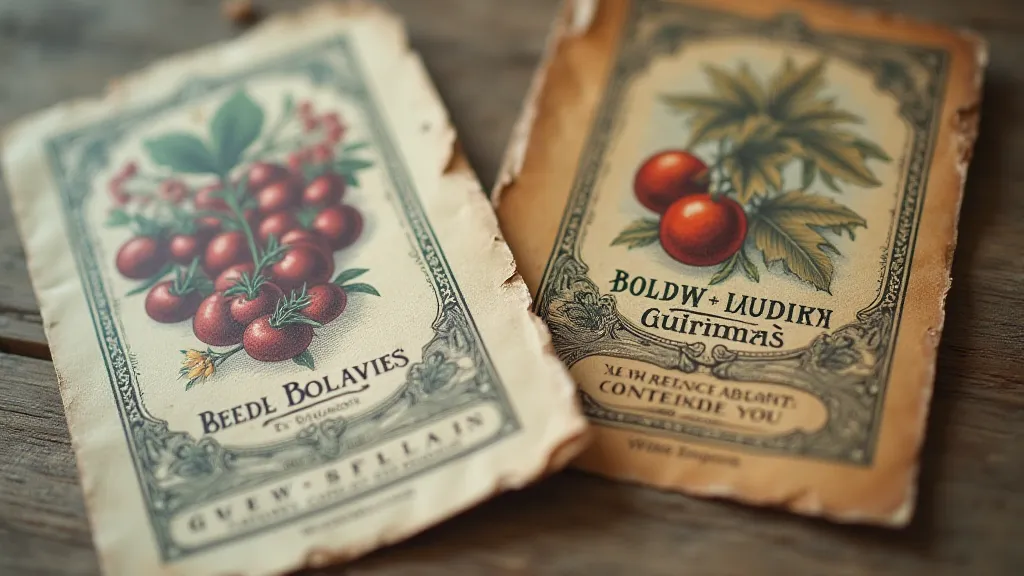
The Craft of Cultivation: More Than Just Planting
Rediscovering these lost varieties isn't just about finding seeds; it’s about understanding the nuances of their cultivation. Unlike the standardized, mass-produced fruit we buy today, heirloom currants and gooseberries often exhibit unique growing habits. Some might be more susceptible to particular pests or diseases, while others thrive in specific soil conditions. They demand a level of attention and understanding that is often lacking in modern agriculture. It’s a return to a more intimate relationship with the land, a recognition that successful gardening isn’t about following a formula, but about observing, adapting, and learning from experience.
I found myself consulting old gardening manuals, poring over handwritten notes in my great-grandmother’s journals, and seeking out the wisdom of experienced heirloom fruit growers. The language they used felt different – less about yield and efficiency, and more about nurturing and respect. They spoke of "laying in" currants for winter, of training gooseberry bushes for optimal sunlight, of understanding the subtle signs of a plant’s needs. It was a perspective that felt profoundly restorative.
Flavor Profiles: A Symphony of Taste
The true reward, of course, lies in the taste. Supermarket currants are often small, bland, and lacking in character. Heirloom varieties, on the other hand, offer a breathtaking range of flavors. ‘Red Lake’ currants, for example, possess a rich, almost wine-like complexity, while ‘Lazy Tree’ gooseberries offer a unique blend of sweetness and tartness. ‘Pixwell’ gooseberries, a particularly beloved variety, boast a delicate flavor that elevates them far beyond the ordinary.
The first batch of ‘Lazy Tree’ gooseberry jam I made was unlike anything I’d ever tasted. The deep, vibrant color was captivating, and the aroma was intoxicating. It wasn't just a preserve; it was a story, a connection to a past that had been almost forgotten. It was a tangible reminder of the beauty and resilience of heirloom varieties – and the importance of preserving them for future generations.
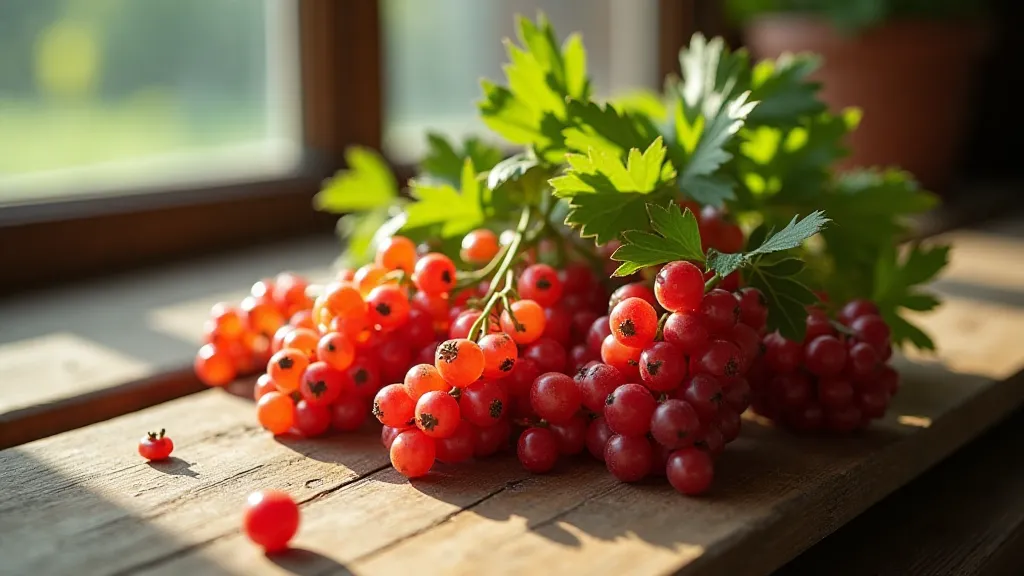
The Collector's Eye: Preserving History, One Berry at a Time
For some, the pursuit of heirloom currants and gooseberries goes beyond the culinary. It becomes a passion for preserving history, for collecting rare and unusual cultivars, and for sharing their stories with others. There’s a community of dedicated growers and collectors, meticulously documenting varieties, exchanging scions (small twigs used for grafting), and tirelessly working to prevent them from disappearing altogether. It’s a form of living heritage, a commitment to safeguarding the biodiversity of our food system.
Restoration, in a way, plays a role too. Many of these varieties were grown by families for generations, their lineage carefully maintained. Finding a scion from an old, established bush is like uncovering a piece of living history – a connection to a specific time and place, to the people who cultivated it, and to the traditions it represents. It's a reminder that even the smallest act of preservation can have a profound impact.
A Return to Roots
The sunken orchard – the rediscovery of lost varieties of currants and gooseberries – is more than just a horticultural endeavor. It's a journey of reconnection, a return to roots, a celebration of biodiversity and tradition. It’s an invitation to slow down, to appreciate the nuances of flavor, and to understand the profound connection between food, history, and memory. It's a gentle reminder that some of the most beautiful and rewarding things in life are often found in the forgotten corners – waiting to be rediscovered, nurtured, and shared.
